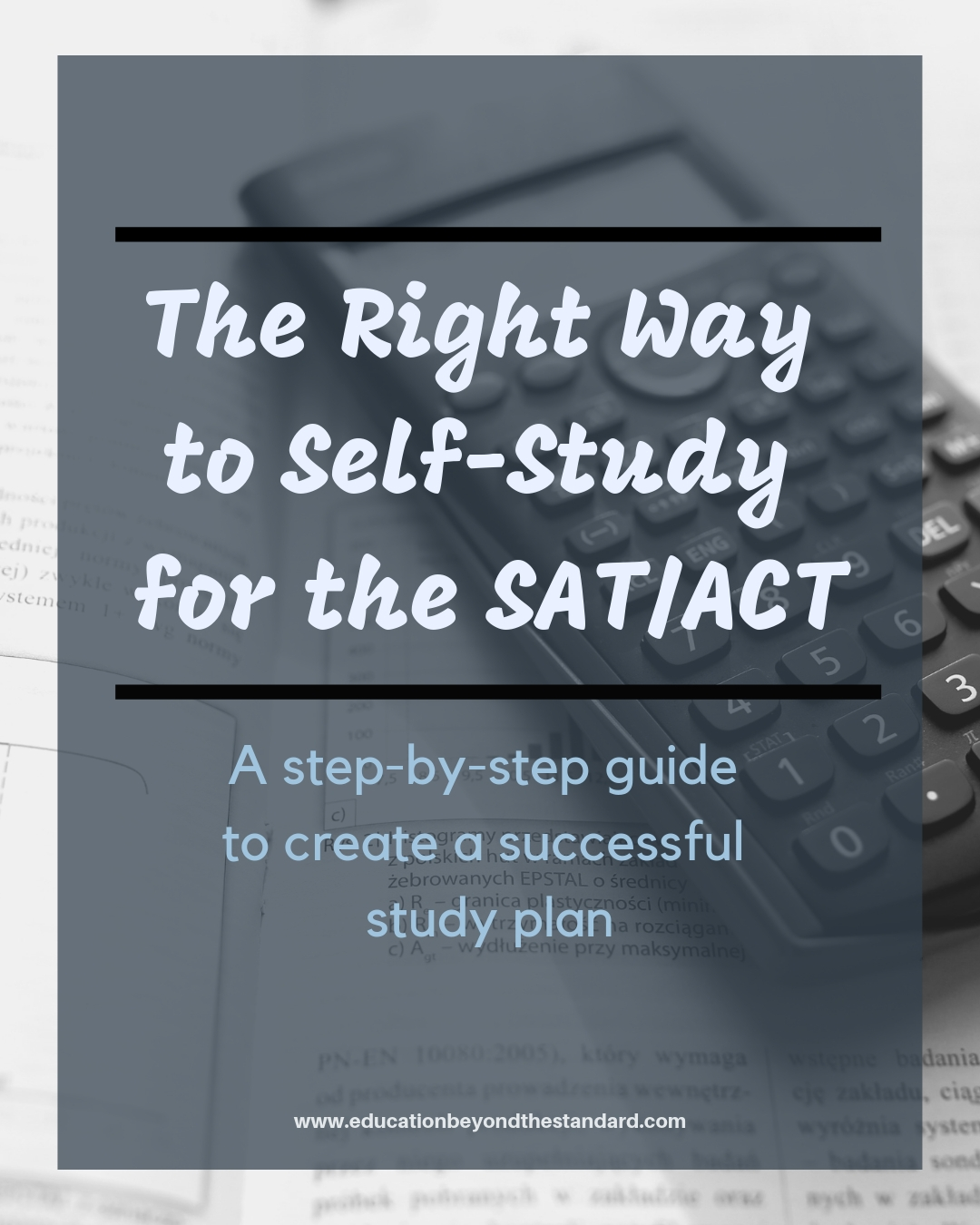Tips for Parents and Students During School Closures
/We’re only 3 months into 2020 and schools are now closed, many for the remainder of the year, in an effort to slow the spread of COVID-19. As a tutor who primarily works with students online, I’ve heard from parents and students about the difficulties they’re facing with the unanticipated switch to online/distance learning. It’s been a tough time for everyone, and as we’re increasingly homebound, I’d like to give some tips to parents and students to make online/distance learning more manageable..
Also, click here for a free organizer you can use to help minimize confusion over when and how to access class materials and turn in assignments.
Some of the more frequent complaints I’ve heard?
Lack of the usual in-person coordination between teachers means work is often unevenly distributed during the week, with many hours of work assigned on one day and very little the next.
Inconsistent delivery of assignments and materials. Some teachers are emailing while others use Google classrooms, etc. Some post daily while others post less frequently.
Lack of clarity on how to turn in assignments. Inconsistency in delivery instructions.
Lack of motivation on the part of students. Feeling like it “doesn’t count.” Boredom/fatigue.
Here are some tips for parents and students to make things more manageable. For younger students (and older students struggling with motivation), parents will need to be more involved.
Make a simple hard copy table or document (handwritten or typed) with the following information for each class:
-Class name
-Teacher’s delivery method for materials and assignments
-Days/times when teacher will post or send materials/assignments
-Student’s delivery method for completed assignments
Click here to download a free organizer you can use.
Set aside certain times to check in for each class.
These days we might be even more glued to our devices than ever, which is why it can feel overwhelming to have assignments coming in periodically throughout the day. If teachers are doing live video classes, students know when to be connected, but if not, they may feel that they have to constantly check online platforms and email for new assignments. That’s why I think it’s healthier and more efficient to set daily check-in times for each class.
Based on when or how often teachers are posting or delivering materials, make a schedule of times to check online platforms, email, or to physically pick up materials from school, depending on your school and district.
Make a game plan for the day (and week, if possible) based on daily check-ins.
Some students tend to let assignments pile up while others will try to do them all immediately as they come in. I think a more sane approach is to make a clear game plan for each day and for as many days in advance as possible. It’s mentally less draining to identify the tasks for the day and check them off than it is to be constantly connected and trying to do everything at once or to let work pile up and then panic.
Use Google, YouTube, Khan Academy, and other educational sites to reinforce difficult topics.
Using outside materials to reinforce knowledge is always a good idea, but especially so when students are not getting the same amount of instruction or explanation as they would in the classroom. A simple place to start is with a Google search of the topic + “explanation” or “examples.” This of course requires more work and effort on the part of students, but my hope is that one very positive outcome of this situation will be that students emerge as more independent learners.
Take breaks. Exercise. Log off. Put devices away.
All of us, teachers, parents, and students, are struggling with technological overload in different ways, and even more so now that we are unable to do some of the activities we love. With gyms/studios closed and sports and music programs canceled, most of us are on our devices more than ever.
It’s so important to be mindful about our time spent on devices (as well as the content we’re consuming), and sometimes building in other activities is easier than trying to limit our scrolling of Instagram with nothing to replace that. While technology is helping us socialize safely via video calls and group chats, it’s crucial that students have other activities built in throughout the day to relieve stress and stay emotionally healthy.




